 Financial independence means freedom with your time, as you no longer need to spend it working for money. But the ultimate goal is really satisfaction and happiness in our lives. What do we need to get there? Are humans happier now than when we were foragers or subsistence farmers? The bestselling book Sapiens: A Brief History of Humankind by Yuval Noah Harari weaves together various facts but also adds his own interpretations, resulting in an interesting story of how the human species has evolved from 100,000 years ago until today. There are three major events: the Cognitive Revolution, the Agricultural Revolution, and the Scientific Revolutions. Here are my notes.
Financial independence means freedom with your time, as you no longer need to spend it working for money. But the ultimate goal is really satisfaction and happiness in our lives. What do we need to get there? Are humans happier now than when we were foragers or subsistence farmers? The bestselling book Sapiens: A Brief History of Humankind by Yuval Noah Harari weaves together various facts but also adds his own interpretations, resulting in an interesting story of how the human species has evolved from 100,000 years ago until today. There are three major events: the Cognitive Revolution, the Agricultural Revolution, and the Scientific Revolutions. Here are my notes.
The power of cooperation. As Scott Galloway says often, the superpower of the human species is cooperation. We are different from other animals because we are able to work together across a large number of individuals, families, and groups. Bees cooperate, but only between other bees from the same hive. Being able to maintain mutual trust between complete strangers is special. Without it, we wouldn’t have trade, art, science, medicine, corporations, and so on.
Population growth. This cooperation also helped humans take control over their environment through their immense population growth. When we were all foraging for food in small tight-knit groups, we needed a ton of space and our population size was self-limiting. We had to make some big changes in order to create this level of population density. An important observation is that we had to change how we lived in order to support our current population. We can’t go back to foraging, and we can’t go back to all farming all of our own food.
But are we actually any happier? A human forager probably worked less hours per day on average than the modern US citizen. On the other hand, infant mortality was incredibly high and what we consider a minor injury today could quickly lead to death. If a medieval worker couldn’t pay back their debts, they or their children would be sold into servitude. Today, we have low infant mortality and no debtor’s prisons, but we still find ourselves “busy” as ever and filled with anxiety about the future.
The book contains many insights into the psychology of happiness that have been pointed out elsewhere, but it is interesting to view it from the perspective of a nomadic forager (30,000 years ago), a peasant farmer, or early factory worker.
Hedonic treadmill. This quote hits close to home for many seeking financial independence:
It happens to us today. How many young college graduates have taken demanding jobs in high-powered firms, vowing that they will work hard to earn money that will enable them to retire and pursue their real interests when they are thirty-five? […] But by the time they reach that age, they have large mortgages, children to school, houses in the suburbs that necessitate at least two cars per family, and a sense that life is not worth living without really good wine and expensive holidays abroad.
We thought we were saving time; instead we revved up the treadmill of life to ten times its former speed and made our days more anxious and agitated.
Money and happiness. More money does makes you happier, but only up to a certain point where you are safely out of poverty (roughly $75k a year in the US).
One interesting conclusion is that money does indeed bring happiness. […] But only up to a point, and beyond that point it has little significance.
Health and happiness. We actually get used to most physical disabilities.
Another interesting finding is that illness decreases happiness in the short term, but is a source of long-term distress only if a person’s condition is constantly deteriorating or if the disease involves on-going and debilitating pain. […] People who are diagnosed with chronic illness such as diabetes are usually depressed for a while, but if the illness does not get worse they adjust to their new condition and rate their happiness as highly as healthy people do.
Relationships and happiness. Good interpersonal relationships make you happier.
Family and community seem to have more impact on our happiness than money and health. […] An impecunious invalid surrounded by a loving spouse, a devoted family and a warm community may well feel better than an alienated billionaire, provided that the invalid’s poverty is not too severe and that his illness is not degenerative or painful.
Pleasure vs. meaning. Meaning makes you happier.
Another [option] is that the findings demonstrate that happiness is not the surplus of pleasant over unpleasant moments. Rather, happiness consists in seeing one’s life in its entirety as meaningful and worthwhile. […]
A meaningful life can be extremely satisfying even in the midst of hardship, whereas a meaningless life is a terrible ordeal no matter how comfortable it is.
Happiness = Reality – Expectations. Keeping your expectations modest makes you happier. A peasant farmer rarely bathed, but that was their expectation and it is unlikely they dreamt of hot showers and fruit-scented shampoo.
Prophets, poets and philosophers realised thousands of years ago that being satisfied with what you already have is far more important than getting more of what you want. […] Still, it’s nice when modern research – bolstered by lots of numbers and charts – reaches the same conclusions the ancients did.
Mass media raises your expectations, and thus lowers your happiness. Consuming less advertising and unrealistic social media makes you happier.
If happiness is determined by expectations, then two pillars of our society – mass media and the advertising industry – may unwittingly be depleting the globe’s reservoirs of contentment.
Nature vs. nurture. How much of happiness is genetic (as opposed to environmental)? Accept that at least part of it is genetic, but not all of it. We each seem to have a “thermostat set point” for happiness that can change, but we tend to go back our set point.
Unfortunately for all hopes of creating heaven on earth, our internal biochemical system seems to be programmed to keep happiness levels relatively constant.
Evolution does not seem to have optimized humans for happiness. Perhaps we need to be a bit dissatisfied to keep reproducing. However, by understanding our natural tendencies, we can work with and/or around them to create a more content life. We need to find “enough” in terms of consumption, focus on participating in meaningful activities, and maintain good personal relationships. Financial independence isn’t necessary for any of these items, but it can allow you more to time to develop it. Finally, the book warns that given our burgeoning ability to tinker with genetics, the near future may be much different.
 During these stressful times, many of us are doing a lot more shopping online (unfortunately for local retailers). The competition to get you to spend as much as possible has evolved to take full advantage of all of our psychological weaknesses. This Wired article discusses
During these stressful times, many of us are doing a lot more shopping online (unfortunately for local retailers). The competition to get you to spend as much as possible has evolved to take full advantage of all of our psychological weaknesses. This Wired article discusses 







 The financial prediction industry is simply mind-boggling to me. There is zero long-term memory or accountability. You can make all the predictions you want about the stock market, gold prices, and interest rates, and nobody remembers your bad calls. You get a contrarian call right, and all of a sudden you’re on all the TV interviews and news articles.
The financial prediction industry is simply mind-boggling to me. There is zero long-term memory or accountability. You can make all the predictions you want about the stock market, gold prices, and interest rates, and nobody remembers your bad calls. You get a contrarian call right, and all of a sudden you’re on all the TV interviews and news articles.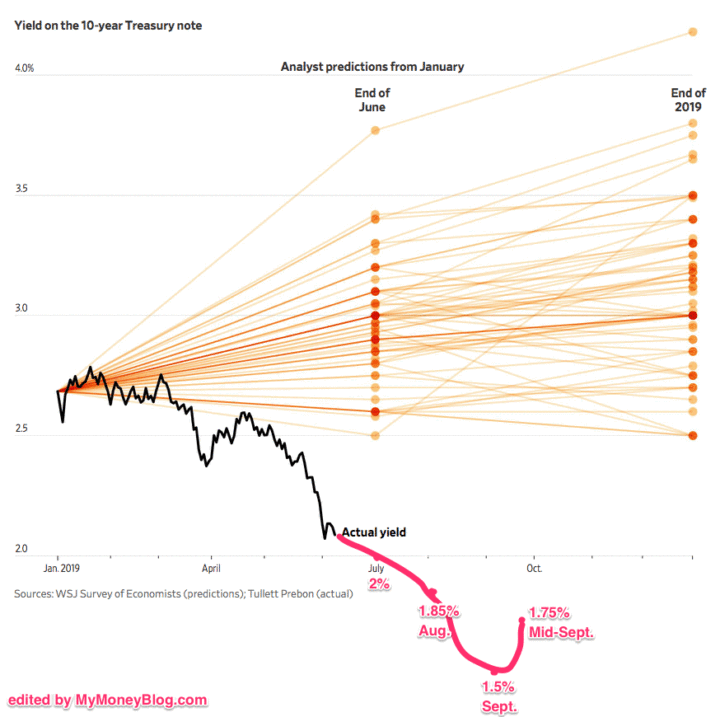
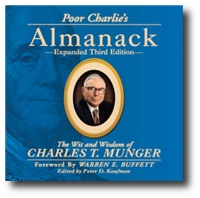

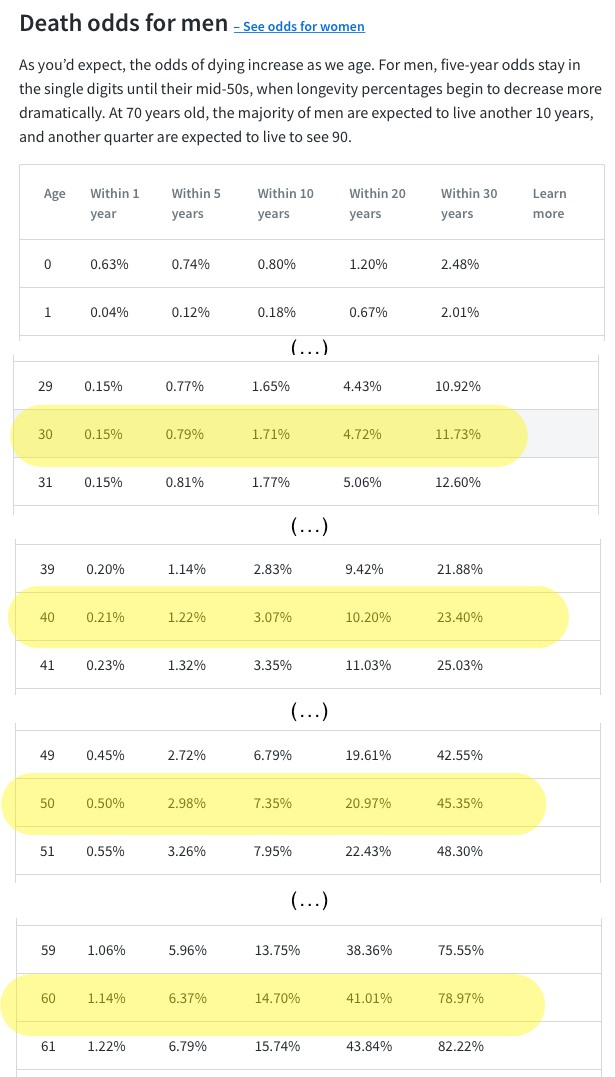
 It’s that time of year, and since I eventually lost 50 pounds with the help of this and other weight-loss betting sites (and have kept it off since), and I wanted to share my experiences including both positive and negative aspects.
It’s that time of year, and since I eventually lost 50 pounds with the help of this and other weight-loss betting sites (and have kept it off since), and I wanted to share my experiences including both positive and negative aspects.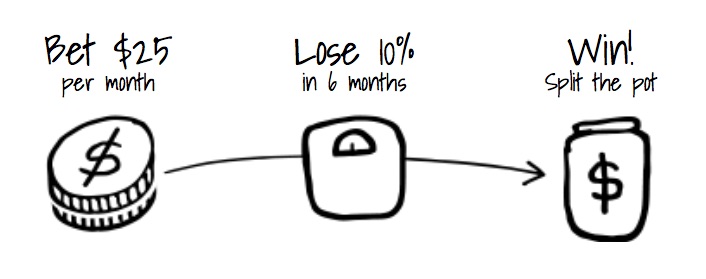
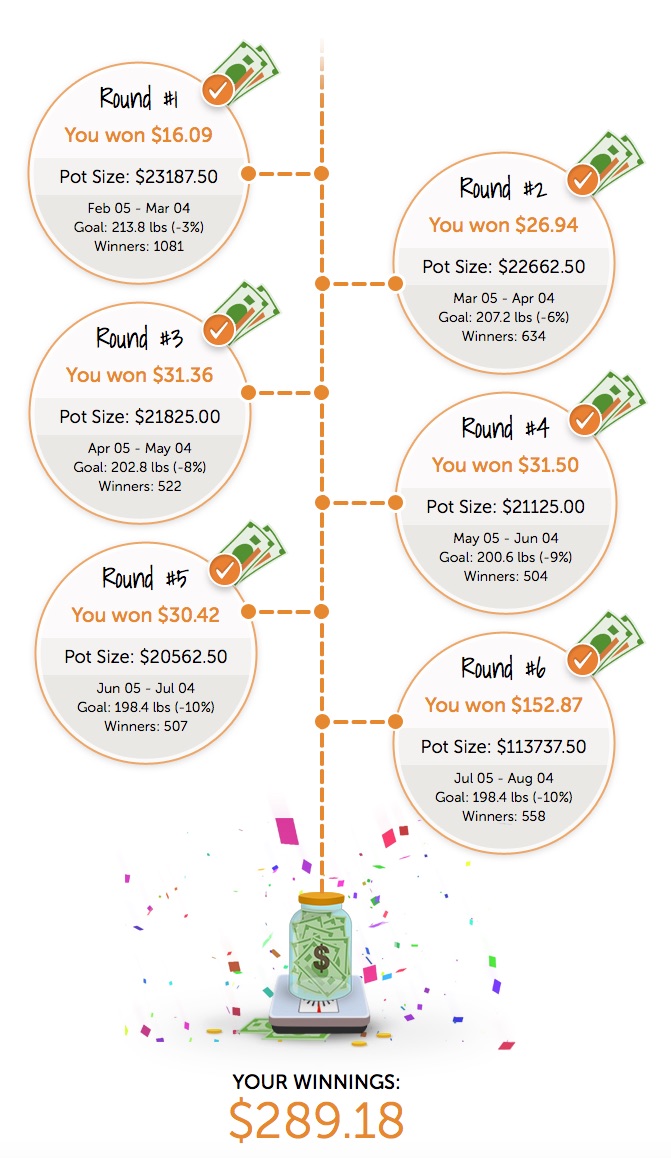

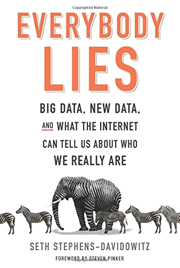

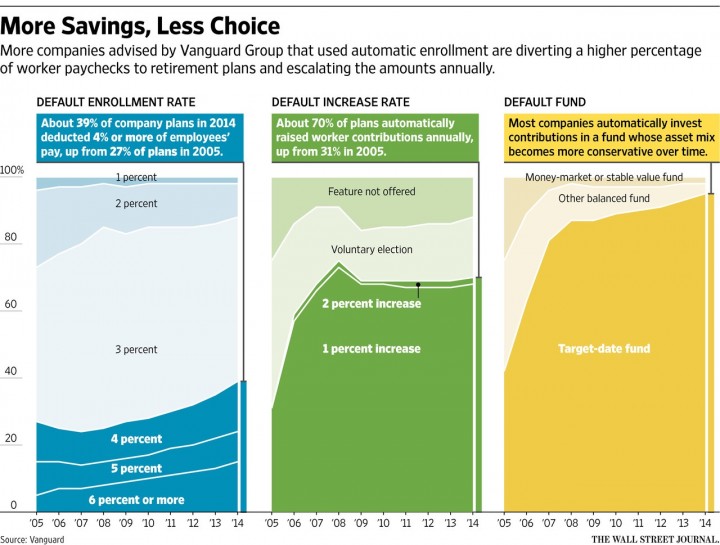
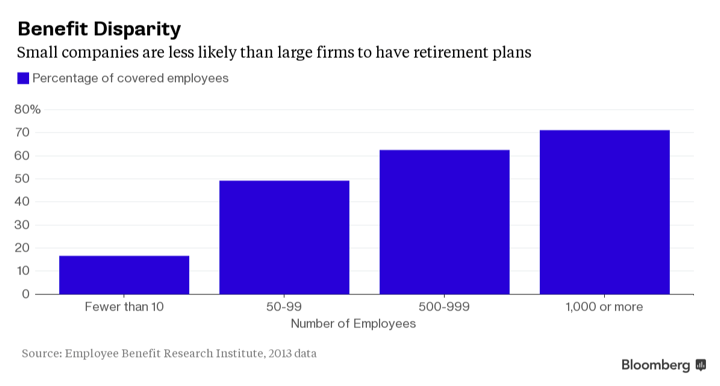
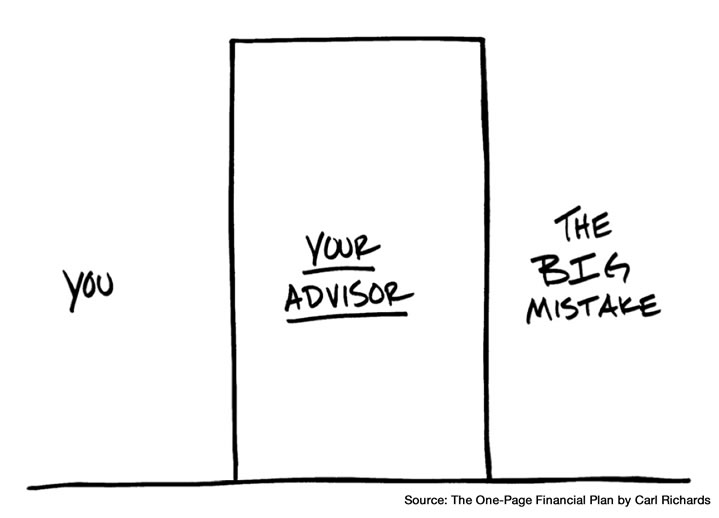
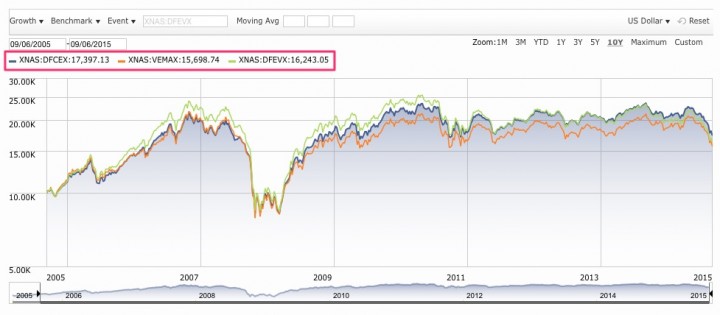
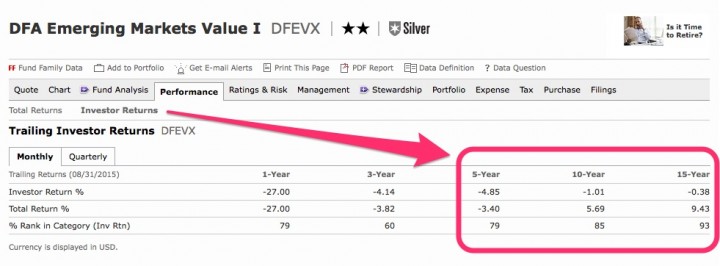
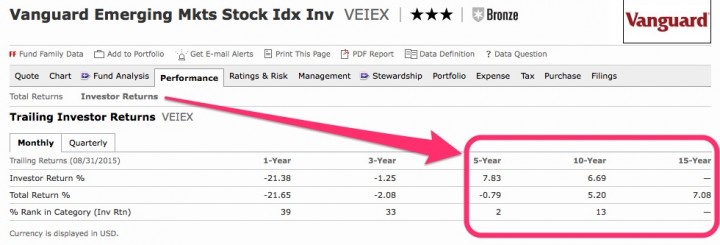
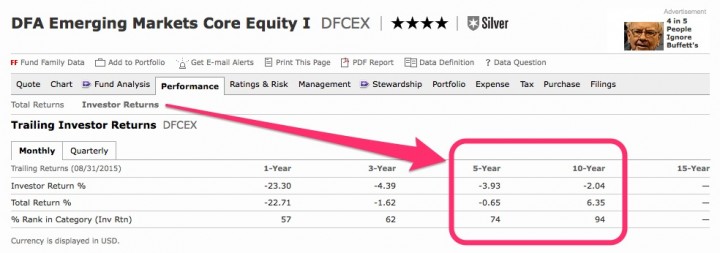
 The Best Credit Card Bonus Offers – 2025
The Best Credit Card Bonus Offers – 2025 Big List of Free Stocks from Brokerage Apps
Big List of Free Stocks from Brokerage Apps Best Interest Rates on Cash - 2025
Best Interest Rates on Cash - 2025 Free Credit Scores x 3 + Free Credit Monitoring
Free Credit Scores x 3 + Free Credit Monitoring Best No Fee 0% APR Balance Transfer Offers
Best No Fee 0% APR Balance Transfer Offers Little-Known Cellular Data Plans That Can Save Big Money
Little-Known Cellular Data Plans That Can Save Big Money How To Haggle Your Cable or Direct TV Bill
How To Haggle Your Cable or Direct TV Bill Big List of Free Consumer Data Reports (Credit, Rent, Work)
Big List of Free Consumer Data Reports (Credit, Rent, Work)